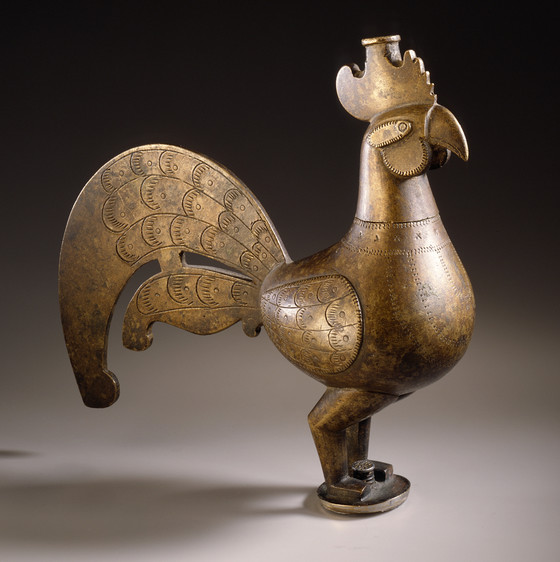Oil Lamp (samai) Finial in the Form of a Rooster

Please log in to add this item to your gallery.
View comments
No comments have been posted yet.
Add a comment
Please log in to add comments.
Please log in to add tags.
* Nearly 20,000 images of artworks the museum believes to be in the public domain are available to download on this site.
Other images may be protected by copyright and other intellectual property rights.
By using any of these images you agree to LACMA's Terms of Use.
Oil Lamp (samai) Finial in the Form of a Rooster
India, Deccan, 17th century
Furnishings; Lighting
Copper alloy
6 1/4 x 2 1/2 x 6 3/4 in. (15.88 x 6.35 x 17.15 cm)
Gift of John Lawrence Fine Arts (AC1993.152.1)
Not currently on public view


